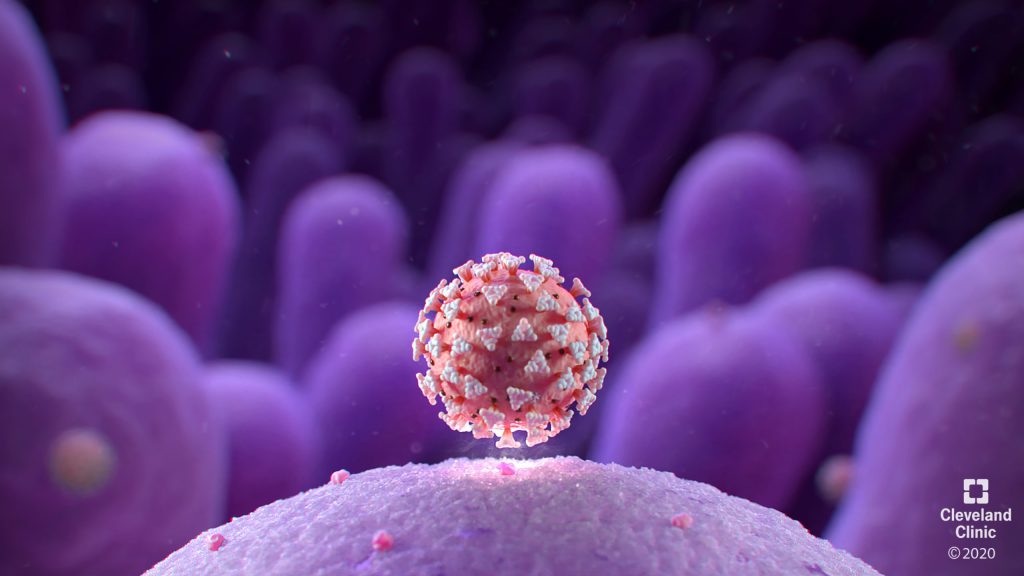Data continues to show COVID-19 decline in Louisiana
Published 12:58 pm Sunday, September 20, 2020

- COVID-19
Sunday’s Louisiana Department of Health report showed the state more than 900 new confirmed COVID-19 cases, with 161,219 identified infections so far, an increase of 928, or 0.61 percent, from Friday’s total of 150,283.
That increase covers the period from Friday at noon until noon Sunday. The state no longer updates its COVID-19 statistics on Saturdays.
The state added 32,013 new test results Sunday, making the rough positivity rate for those reported infections 2.9 percent.
The state’s seven-day average of tests given as of Sept. 11, the last date reported, was 28.54 tests per 10,000 residents. The positivity rate among those tests was 5.07 percent.
The last time the seven-day average positivity rate was below 6 percent was on March 8, when it was at 4.76 percent. That was when the state first started to track testing data.
In Region 4, the Sept. 11 testing rate is below the state average, at 23.62 tests per 10,000 residents. The seven-day average percent positive of those tests as of Sept. 11 was above the state average, at 5.5 percent. The last time Region 4’s seven-day average was that low was on March 19, when it was at 5.1 percent.
According to the Sunday update, the number of deaths attributed to COVID-19 rose to 5,198, up from 5,172 on Friday. That rise represents an increase of 26, or a 0.50 percent change. The average age of fatal patients is 75, the median age 77. As of Sept. 16, 168 of those deaths were still considered probable COVID-19 fatalities pending final testing. The number of probable deaths attributed to COVID-19 is updated each week on Wednesday.
In Iberia Parish, the number of cases dropped by one on Sunday, to 2,869. The number of deaths remained at 89, with 30,366 tests performed in the parish. The LDH latest two-week incidence map update showed that the parish’s positive test rate dropped 28.46 percent, from 142.37 cases reported per 100,000 population on Aug. 26 to 118.41 per 100,000 between Aug. 27 and Sept. 9.
St. Martin Parish’s number of identified cases dropped by six, to 2,056, with 26,979 tests performed. The LDH two-week incidence map shows that, from Aug. 27 to Sept. 9, St. Martin Parish had 117.49 cases reported per 100,000 population, a 37 percent drop from 186.49 per 100,000 in the last update. The number of deaths remained at 60.
In St. Mary Parish, the total cases rose by 24 to 1,889, after 18,183 tests. The number of COVID-19 deaths rose by one, to 77. The LDH incidence map shows that from Aug. 26 to Sept. 9 the parish had 124.56 cases reported per 100,000 population, down 29.5 percent from 176.8 on Aug. 25.
In Lafayette Parish, the Sunday case count rose by 51, to 8,829, with the number of tests rising to 131,594. The number of deaths remained at 122. The LDH incidence map shows that the parish had 137.57 cases reported per 100,000 population between Aug. 27 and Sept. 9, down 16.8 percent from 163.93 on Aug. 26.
The number of cases in Jefferson Parish rose by 76 to 17,274 on Sunday, compared to an increase of 56, to 12,343, in Orleans Parish. The latest data has Orleans administered more tests, with 199,991 tests in Jefferson compared to 217,583 in Orleans.
Despite lower case numbers, the more urban Orleans Parish has seen 22 more deaths than its suburban neighbor. Orleans Parish deaths rose by two, to 587. In Jefferson Parish, the total number of deaths rose by one, to 565. The LDH incidence map shows that from Aug. 13 to Aug. 26, Jefferson Parish had 141.92 cases reported per 100,000 population, down from 162.88 on Aug. 26. In Orleans, that number was 173.65 per 100,000, up from 125.06.
The LDH reporting of data on hospitalizations due to the disease is still running 24 hours behind. On Sunday, the state reported 596 hospitalizations as of Saturday, a decrease of 30 from 626 on Friday. The number of patients on ventilators dropped by nine, to 100 Saturday. That is down from 109 on Friday.
The number of COVID-19 hospitalizations in Region 4, which covers Acadiana, dropped by two to 53 on Thursday, down from 55 on Wednesday. The number of patients on ventilators Saturday dropped by one, to eight.
The overall intensive care bed occupancy rate in Region 4 rose slightly, from 86.5 percent Thursday to 86.7 percent Saturday, with 137 beds occupied and 21 ICU beds still available. The total number of ICU beds dropped by one, to 158. That is still down from the count of active ICU beds before Hurricane Laura, which hovered above 180.
Thursday’s data also showed that hospital bed occupancy was down in Region 4, with 1,171 — 75.9 percent — of the region’s beds occupied and 371 available. The total number of reported beds dropped by 32, to1,542.
When compared by age group, the number of cases in the 18 to 29 demographic was at 35,846 Sunday. It is the demographic group with the largest number of identified cases by far. The number of deaths reported in the group remained at 23.
The number of COVID-19 cases identified in the 30 to 39 age group was at 26,164, with 80 deaths, followed closely by the 40 to 49 age group, with 23,913 cases and 171 deaths, and the 50 to 59 age range with 23,408 cases, including 450 fatalities reported.
The 70 and above group case count was at 18,682. The number of deaths in that group rose by 14, to 3,539 — still the largest number of fatalities for any age group by far, more than the number of deaths in all other groups combined and more than two-thirds of the total COVID-19 attributed deaths in the state.
In the 60 to 69 age group, there were 18,273 cases reported and 931 deaths. This age group has the second-highest number of deaths, behind only the 70 and above demographic group.
The under 18 group, the smallest demographic segment, had 14,727 cases total and four reported deaths.
According to Sunday’s update, labs in Louisiana have processed at least 2,177,960 COVID-19 tests so far.
The state has also started tracking possible cases, which is the number of individuals with a positive test detecting SARS-CoV-2 antigens. That number was 1,039 as of Sept. 16. According to an LDH spokesman, individuals initially identified as having a positive antigen test who are later identified as having a positive confirmatory test will be removed from the probable case count and added to the cumulative case count.
By gender, the state’s daily report shows women making up the largest part — 56 percent — of the identified COVID-19 cases in the state, with men comprising 44 percent. On the other hand, the COVID-19 deaths are predominantly among men, 52 percent to 48 percent for women.
The number of presumed recovered cases, as of Sept. 14, rose to 145,570. In order to be considered recovered, a living patient must either be out of the hospital and 14 days past a positive test result, or 21 days past a positive test date if their hospitalization status is unknown.
On Sept. 16, the weekly update of fatalities by race showed the percentage of COVID-19 deaths among White victims climbed another half a percent, while the number of Black fatalities dropped by almost the same amount.
Initially, LDH reported that 70 percent of all COVID-19 deaths in the state were in the Black community. That number has since dropped to 46.44 percent as of Sept. 16, while White victims now make up 52.08 percent of all fatal cases.
The category for victims of unknown race dropped to zero this week. The Native American/Alaskan Native and Native Hawaiian/Pacific Islander data remained at 0.08 percent each. Other races identified include Asian at 0.67 percent and Other at 0.63 percent.
The number of Black deaths is still disproportionate to the demographics of the state’s population. African Americans make up less than 40 percent of Louisiana’s populace.
That data is only reported once a week, updated on Wednesday.
The top three underlying conditions among COVID-19 deaths in the latest report were hypertension (55.28 percent), diabetes (33.08 percent), and cardiac disease (21.14 percent).
Other factors included neurological disorders (20.42 percent), chronic kidney disease (19.16 percent), obesity (17.61 percent), congestive heart failure (14.04 percent), pulmonary issues (12.00 percent), cancer (6.90 percent), and asthma (3.57 percent).




